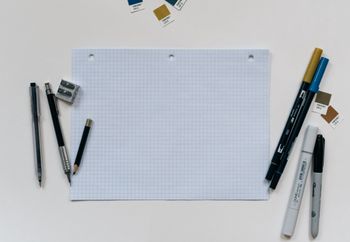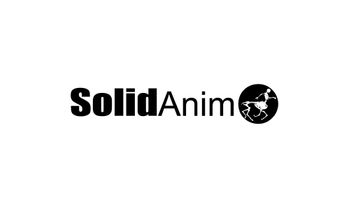If you read our previous post, you will know that we were having doubts about our choice of an animation studio. In the end, a visit to the studio visit proved to be the nail in the coffin. The studio was under-equipped, had no immediate staffing, and the agreed budget would not have allowed them to handle the production given their lack of resources.
Finding a new contractor
We had to find a new contractor. For us, there were three significant factors to consider when looking for a new animation studio:
- The new animation studio must be located in the same area as the show had been significantly funded by the CNC and the region of Ile-de-France.
- Time was of the essence. With broadcasters and a toy manufacturer already in on the deal, pushing back the deadline was not an option.
- It was too late in the game to secure new funding, so our budget had to remain fixed.
The advantage of encountering issues the first time around meant that we had the opportunity to fine-tune our brief and adapt how we communicate with studios. We already had a lot of scripts available so we could play with economies of scale and any potential obstacles had already been flagged up.
Working with a fixed budget and tight schedule
We finally managed to find a studio to take the production within the time frame and on budget. But since time was short, we needed to minimize the margin for error as much as possible. From the outset, we made sure the studio worked closely with the show’s director and first assistant to get the project off on the right foot.
We took advantage of everything available to us: synopses, outlines, WIP scripts.
A lot of work went into convincing our partners that this last-minute change was for the better. Showing them we had well-prepared battle plan helped, but the animation studio’s reputation was really the deal clincher.
Organization and sharing of tasks
For the project to run as smoothly as possible, we worked hard to compile as much information for the studio and to find ways of working to save time and money on both ends. This is what we found to work best.
- We got a step ahead with character modeling. Running animation tests ahead of time allowed us to understand the limitations and technical constraints of what we wanted to achieve. This included stretching textures on characters in animation and limitations in movement. From there, we were able to provide a list of “do’s and don’ts” for the storyboard to the animation studio.
- Prep work on the sets was a huge timesaver. We build up a bank of terrains and backgrounds that could interchangeably be assembled to create numerous different sets saving time later on down the line.
- We made sure the storyboards detailed the proper placement of characters in the space and their size ratio in order to minimize layout issues.
- We also work with an experienced editor to really refine animatic and make sure the timing was tight. As a result, we managed to avoid any unnecessary animation or frame rendering.
- We paid special attention to the design pack. The idea was to make this as complete and detailed as possible. For each character, we drew up nine different poses, various expressions, and looks, as well as sheets of details, such as accessories, the inside of the mouth, under the feet, etc.
- Each set was linked to storyboard panel with props that had been systematically drawn from the angles detailed in the storyboard to leave no room for interpretation.
- All FX were provided with their animation key-poses.
- We worked closely with the animation studio to create a storyboard template for the entire series to ensure that artistically and technically, it could work for everyone.
The results
In the end, all stakeholders were satisfied. The budget and schedule were respected and The broadcasters were really pleased with the quality of the show. The director was exhausted but happy with the work that had been done.
Takeaways
To facilitate communication and minimize the opportunity for error, do not be afraid to go into detail about everything. You need to be as clear as possible about what you want, even if that changes throughout the production cycle. You need to run your own tests beforehand to ensure that models will work with animation and work with a supervisor to oversee the characters from the beginning.
Once you have chosen your contractor, provide them with the most complete documentation possible. The less room for interpretation, the more efficient the workflow will be. Always remember that a studio will never do better than what was sent to them. We always receive the quality we send.
We dedicated this blog to CG Production Management and CG Pipeline. Additionally, We propose a Slack channel where you can discuss your problems/solutions and learn from others. We are already 270 to share tips and ideas. Join us, TDs and Production Managers from all over the world will be super happy to welcome you!



